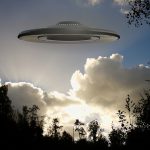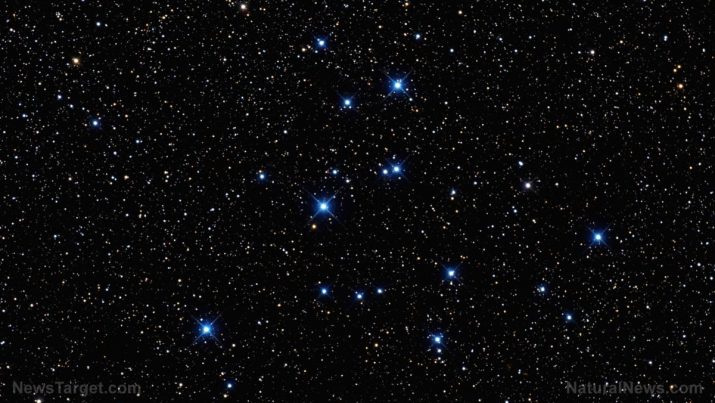
Star light, star BLIGHT: Astronomers say that a close encounter with an alien star 70,000 years ago affected the shape of our solar system
Friday, June 01, 2018 by David Williams
http://www.ufos.news/2018-06-01-star-light-star-blight-astronomers-say-that-a-close-encounter-with-an-alien-star-70000-years-ago-affected-the-shape-of-our-solar-system.html

By now, all of the planets and moons in the solar system have settled nicely into their own orbits. After all, they’ve been flying through space for quite a long time now. But did you know that certain outside forces can have long-lasting effects on their sizes, shapes, and overall behaviors? Indeed, these forces can affect the solar system in ways that can be seen many years down the line.
Based on a new study conducted by researchers from Spain and the U.K., there are about 340 items in the solar system that have what is referred to as hyperbolic orbits, or orbits that are very open V-shaped instead of the typical elliptical. By analyzing these items, the researchers were able to detect that the trajectory of some of them was influenced by the passage of a star called the Scholz’s star.
The star is named after the German astronomer who first discovered it, and is believed to have approached less than a light-year from the Sun which sits in the center of the solar system. Right now, it’s about 20 light-years away in space, but things were different 70,000 years ago. At that time, it is said that the star entered the Oort cloud, which is a reservoir of trans-Neptunian objects found at the confines of the solar system, and that’s when it affected some of the other objects inside the solar system itself.
According to Carlos de la Fuente Marcos, one of the experts who worked on the study from the Complutense University of Madrid, they managed to find a lot of new information by relying on math and doing numerical simulations. “Using numerical simulations we have calculated the radiants or positions in the sky from which all these hyperbolic objects seem to come,” he explained. “In principle, one would expect those positions to be evenly distributed in the sky, particularly if these objects come from the Oort cloud; however, what we find is very different: a statistically significant accumulation of radiants.”
He also added that the pronounced over-density seems to be projected in the direction of the constellation Gemini, which would fit with the close encounter with Scholz’s star. (Related: NASA’s alien-hunting probe discovers 100 new planets orbiting stars outside our solar system.)
As far as the star’s passage is concerned, there is plenty of data to support the idea that it did indeed have some effect on the solar system when it came through, according to the researchers. “It could be a coincidence, but it is unlikely that both location and time are compatible,” argued De la Fuente Marcos, who also pointed out that their simulations showed how the Scholz’s star would have approached even closer than the 0.6 light-years that was calculated as the lower limit in one earlier study.
The Scholz’s star fly-by, as it were, didn’t affect all of the hyperbolic objects in the solar system. Its effects were only apparent in those that were closest to it at the time. De la Fuente Marcos explained this by saying that for instance, the radiant of the famous interstellar asteroid ‘Oumuamua is in the constellation of Lyra, which is said to be very far from Gemini. As such, it isn’t part of the detected over-density. That’s why he is confident that the new study they conducted would be able to confirm that a star did indeed pass close by not that long ago.
You can find the details shared by the researchers in a study titled, “The Closest Known Flyby of a Star to the Solar System,” which was published recently in Astrophysical Journal Letters.
Read more about the past, present, and future of the solar system in Space.news.
Sources include:
Tagged Under: Tags: alien star, asteroids, hyperbolic orbits, interstellar, orbits, prehistory, radiants, Scholz's star, science, solar system, Space, space exploration, Space Objects, Star, star fly-by, star system, stellar encounter, sun





